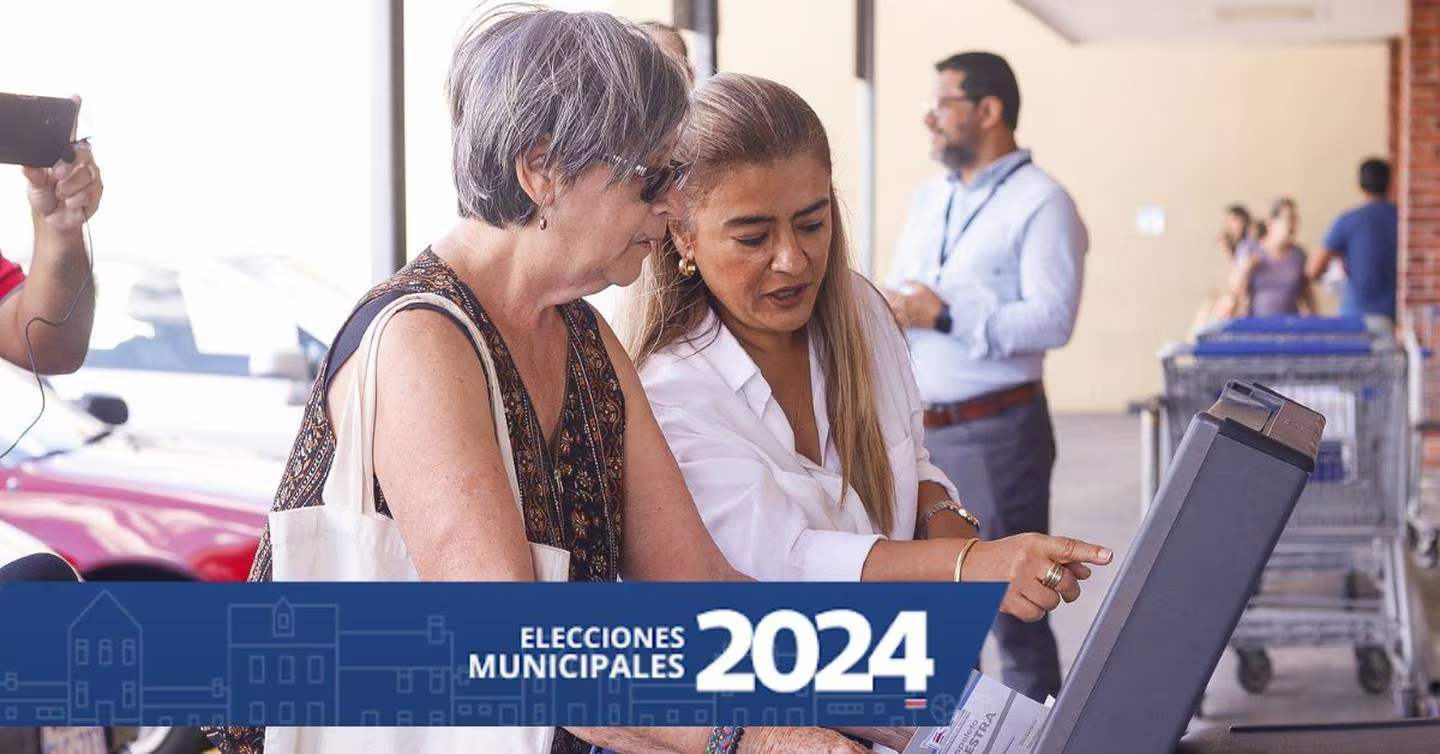In a move that could very well redefine the phrase “tech-savvy democracy,” Costa Rica has taken a bold step into the future of elections with the introduction of electronic voting. This past Sunday, early birds like Roberto García and Nelson González were among the first to tap their way through the voting process, marking a historic moment for the Central American nation.
A Swift and Simple Shift
García, after casting his vote at the Liceo de Moravia, emerged with a grin that could light up a room, clocking in at an impressive five minutes from start to finish. His review? “It’s better this way; we shouldn’t resist change,” he shared, echoing a sentiment that could very well be the motto for the digital age.
From Skeptics to Converts
The pilot program, tested during the municipal elections, wasn’t just a hit with the tech-savvy youth. Susana Artiaga, 78, admitted to being a “digital illiterate” but found the electronic ballet to be surprisingly straightforward. “It’s easier than I thought,” she confessed, highlighting that the leap to digital doesn’t have to be a giant one for the older generation.
The Nuts and Bolts of Electronic Voting
Costa Rica’s foray into electronic voting streamlined the process into a single electronic ballot, consolidating votes for mayors, councilors, and syndics, and bidding farewell to the era of juggling multiple paper ballots. With 499 electoral boards across 25 cantons participating, the initiative has brought modernization to the forefront of Costa Rican democracy, at an estimated cost of $1.9 million.
How It Works: A Digital Dance
The process starts with voters presenting their ID at the electoral table, followed by verification against the electoral roll. They’re then handed a chipped ballot signed by all three table members. Next comes the digital interaction: inserting the ballot into the machine and making selections with the guidance of the interface. Mistakes? No problem. The system offers digital do-overs before printing the final choices on a single ballot.
Preserving the Sacredness of the Secret Vote
Despite the high-tech upgrade, the essence of voting remains unchanged. Voters still get to fold their ballot and drop it into a traditional urn, ensuring the cherished secrecy of the vote is intact. It’s a blend of the new and the familiar, proving that technology and tradition can coexist harmoniously.
As Costa Rica tests the electronic voting waters, the early feedback is a testament to the country’s readiness to embrace innovation while maintaining the integrity and simplicity of the electoral process. It’s a step forward that could set a precedent for others to follow, demonstrating that when it comes to democracy, staying open to change is key.


1 comment
[…] Source link […]